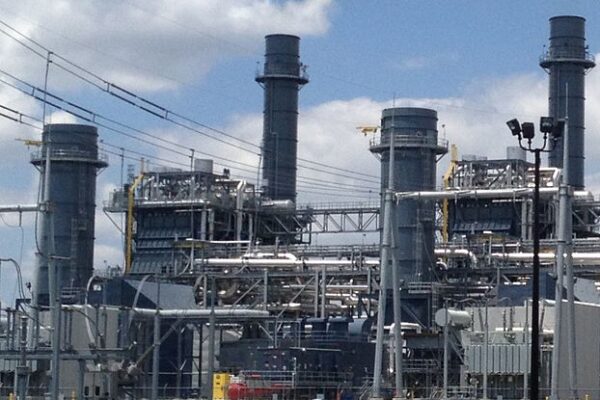Clean Water for NC video tutorial for DEQ's Community Mapping System
The NCDEQ Community Mapping System has a variety of features that can help you better understand what facilities, pollution sources, and information are available within an area!
As part of our Community Empowerment Program, Clean Water for North Carolina has released two tutorial videos for the mapping system. Part 1 is an overview of the main mapping system, its layers and reporting features. Part 2 illustrates how to access and use the map’s Environmental Justice Tool.
Read more about our Community Empowerment work in our newest edition of Clean Currents!
Some useful features of the mapping system include the “Facility, Permit, and Incident Layers” list, as it has several map layers, such as air quality permit sites, animal feeding operations, coal ash structural fills, hazardous waste sites, underground storage tank incidents, and more. You can click on many individual facilities to access their permit files and ownership information.
Another list, “Environmental Layers,” provides three options for selection, including NCDEQ’s selection of “Potentially Underserved Block Groups” from 2019, conservation areas, and flood zones in the state. Meanwhile, if you click on the map on a census block, the Environmental Justice Tool will open, which provides information on the map area’s facilities, and sensitive receptors (like nursing homes or schools), and demographics in comparison to the state. The tool also provides health information, such as heart disease deaths, birth rates, and asthma.
The mapping system is on its second version, Version 1.0 after its beta release. It includes some updates and improvements based on community feedback. Stakeholder feedback is still being accepted on the tool, with a survey accessible on DEQ’s website. Community engagement is crucial to further develop this mapping system, so we at Clean Water for NC hope you’ll comment and push it to improve!



